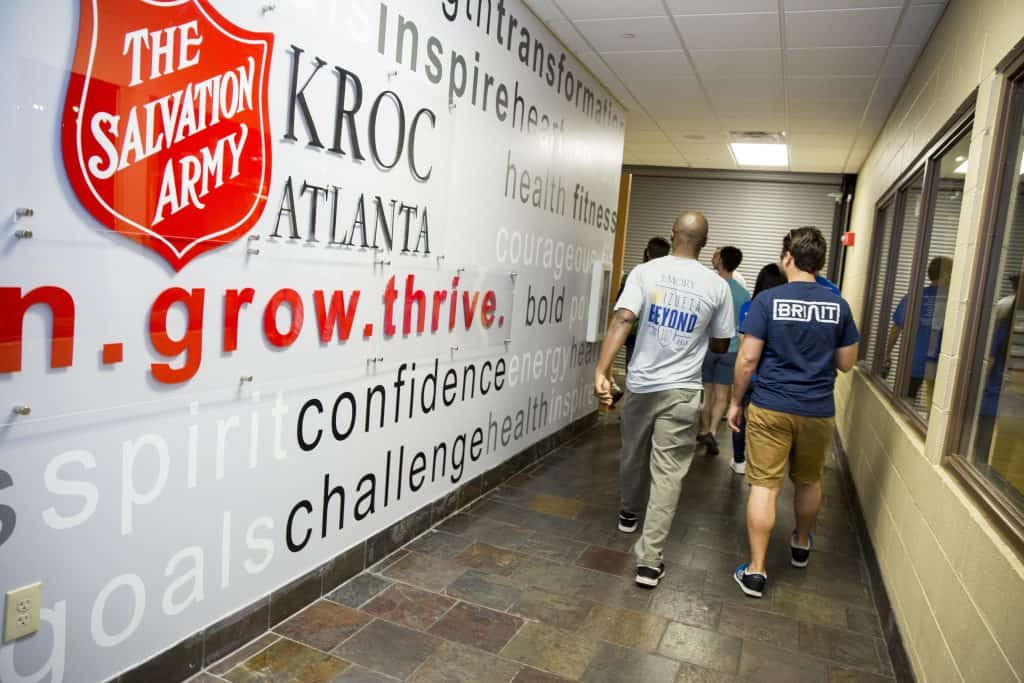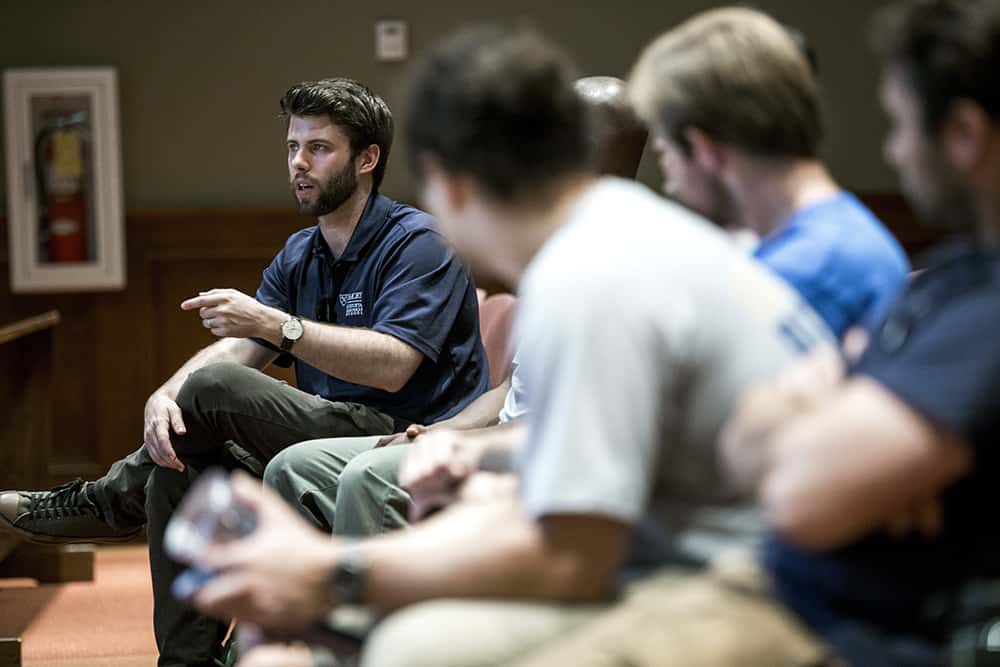How volunteering reinforced the value of teams, processes

On Aug. 28, Emory MBAs reconvened from their summer internships to meet their One-Year colleagues and form teams to do good in the community. Over 200 MBAs were engaged in charitable community service with an enthusiasm that is nearly overwhelming. I was fortunate enough to have the opportunity to lead a team that had a four-hour window to design a STEM education program for Atlanta’s Kroc Center. The center is dedicated to bringing performing arts and athletics to underserved communities, and we were extremely excited to help them expand their portfolio of programs into the sciences.
Four hours does not seem like enough time to tackle such a problem; however, thanks to the experience of my team and the processes taught by the MBA, it was not only possible but resulted in a deliverable that delighted the director of operations. The process started with an intense discussion with the director to understand what exactly the needs of the Kroc Center were and to understand what in the past had enabled their programs to flourish. During this I couldn’t have been luckier to have Ross Johnson, who had direct experience in education, on my team to provide extremely insightful answers to questions. We quickly identified that the objective was to have a small and fun introductory program where early STEM talent can be identified for further support and development. Just identifying what we were solving took an hour, but framed the rest of our work perfectly.

One hour down, three to go. Again, as a team leader I think the most powerful thing you can do is provide structure and let the strengths of your team show. We opened a roundtable discussion on how to highlight STEM, then we systematically tried to shoot holes in our thinking. What resulted was an idea to go for depth over breadth and create a system of two three-hour programs focused on teaching coding and robotics to students. The idea was fun and engaging, as robots are accessible, with specific projects for kids, and featured a low cost per student per session. We knew we couldn’t form a detailed road map on what exactly to do, but we could provide a detailed list of options, including cost, and next steps to provide a simple packet for consideration, including a pipeline for talented children to other programs. In the end, what mattered was the client was happy and one step closer to providing STEM education to underprivileged kids.
This would not have been possible without the tools provided by an MBA education, and especially my beyond brilliant teammates Ranan Tannenbaum, Zhaolu Dong, Arda Bulak, Jan Kaye, Meko McCray and Ross Johnson II.
